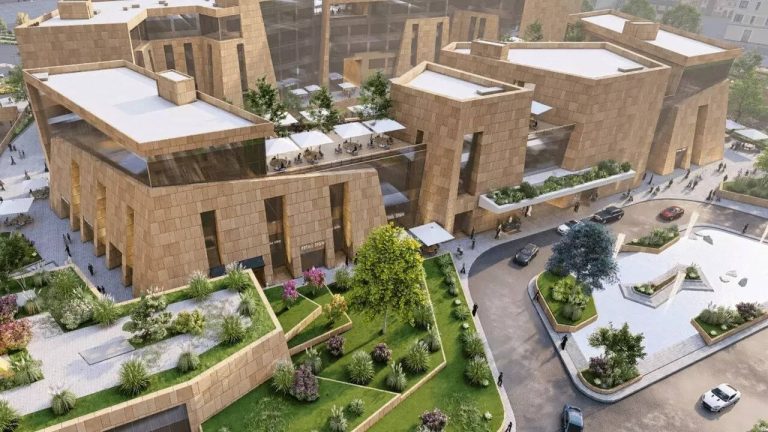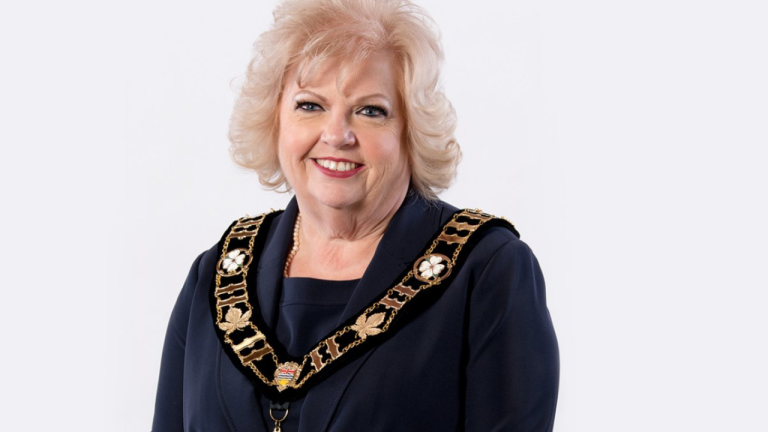Urban Green Spaces: The Future of Outdoor Living in European Cities by 2025
Urban Green Spaces are becoming increasingly important in European cities, and for good reason. As the world becomes more urbanized, the need for green spaces has never been more pressing. In this article, we will explore the future of outdoor living in European cities and how urban green spaces are shaping it.
Introduction to Urban Green Spaces
Urban Green Spaces refer to any area of greenery within a city, including parks, gardens, green roofs, and green walls. These spaces provide a range of benefits, from improving air quality and mitigating the urban heat island effect to providing habitats for wildlife and promoting physical activity.
The Importance of Urban Green Spaces
Urban Green Spaces are essential for the health and wellbeing of city dwellers. They provide a space for people to relax, socialize, and engage in physical activity, which is essential for both physical and mental health. Additionally, urban green spaces help to improve air quality, reduce noise pollution, and provide a natural buffer against extreme weather events.
The Future of Outdoor Living in European Cities
By 2025, European cities are expected to have made significant strides in incorporating urban green spaces into their design. This will not only improve the quality of life for city dwellers but also help to mitigate the effects of climate change. From green roofs and walls to urban parks and gardens, the future of outdoor living in European cities is looking greener than ever.
Case Studies: Successful Urban Green Space Initiatives
There are many examples of successful urban green space initiatives across European cities. For example, the city of Copenhagen has implemented a comprehensive green roof policy, which has resulted in over 60% of the city’s roofs being covered in greenery. Similarly, the city of Barcelona has created a network of urban parks and gardens, which provide a green oasis in the heart of the city.
Challenges and Opportunities
While there are many benefits to urban green spaces, there are also challenges to be addressed. One of the main challenges is finding the space and funding to create and maintain these areas. However, with the increasing recognition of the importance of urban green spaces, there are also many opportunities for innovation and collaboration.
Conclusion
In conclusion, urban green spaces are the future of outdoor living in European cities. By 2025, these spaces will have become an integral part of city design, providing a range of benefits for both people and the environment. As we move forward, it is essential that we prioritize the creation and maintenance of these areas, ensuring that they continue to thrive for generations to come.




